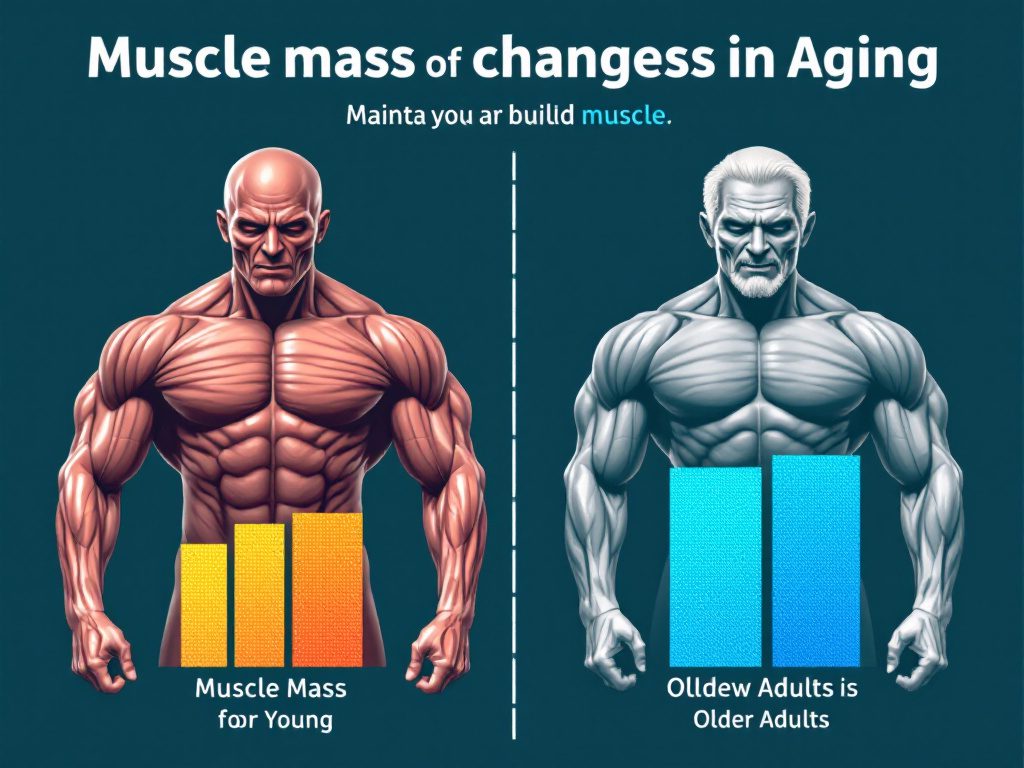The Importance of Muscle Mass as We Age
As we enter our golden years, maintaining our health and physical abilities becomes more critical than ever. One of the key elements to staying healthy and active is preserving and growing muscle mass. In this blog post, we will delve into why muscle mass is important as we age, the effects of muscle loss, and practical ways to maintain and increase our strength.
Why Muscle Mass Matters
Muscle mass plays a vital role in overall health. It contributes not just to our physical strength but also to metabolic health, balance, and functional independence. Here are a few reasons why it’s essential:
- Prevention of Sarcopenia: Sarcopenia, the age-related loss of muscle mass, can begin as early as in our 30s. It is associated with increased risk of falls, fractures, and a reduced quality of life. Maintaining muscle mass is crucial to minimize these risks.
- Boosted Metabolism: Muscle tissue burns more calories than fat, even at rest. This means that having more muscle can help in managing weight and reducing the risk of obesity-related diseases.
- Enhanced Functionality: Maintaining muscle strength contributes to better balance and coordination, which are vital in preventing falls and maintaining independence.
How to Maintain and Grow Muscle Mass
While aging is inevitable, there are several strategies that we can adopt to maintain and even grow our muscle mass:
- Strength Training: Engaging in regular strength training exercises is the most effective way to build and maintain muscle mass. Aim for at least two sessions a week, focusing on all major muscle groups.
- Proper Nutrition: Adequate protein intake is essential for muscle repair and growth. Incorporate nutrient-rich foods such as lean meats, fish, eggs, legumes, and nuts into your diet.
- Stay Active: Aside from formal exercise, keeping active throughout the day—through walks, gardening, or even household chores—can contribute to muscle maintenance.
Embrace an Active Lifestyle
It’s never too late to start focusing on your muscle health. Whether you’re lifting weights at the gym or enjoying a walk in the park, these activities help stave off the effects of aging on muscle mass.

Not only does building muscle improve your physical health, but it can also boost your mental well-being and confidence. Let’s take a look at how muscle mass changes with age:
Building strength leads to a more active lifestyle, which is beneficial for both body and mind:
Ultimately, muscle mass is not just about aesthetics; it is a cornerstone of health and quality of life as we age. By committing to strength training, proper nutrition, and an active lifestyle, we can preserve and enhance our muscle mass, ensuring that we remain strong and independent for years to come.
Let’s thrive in our later years with vitality and strength!




